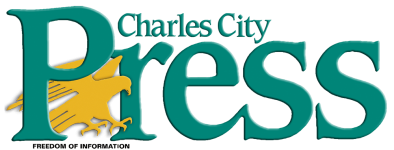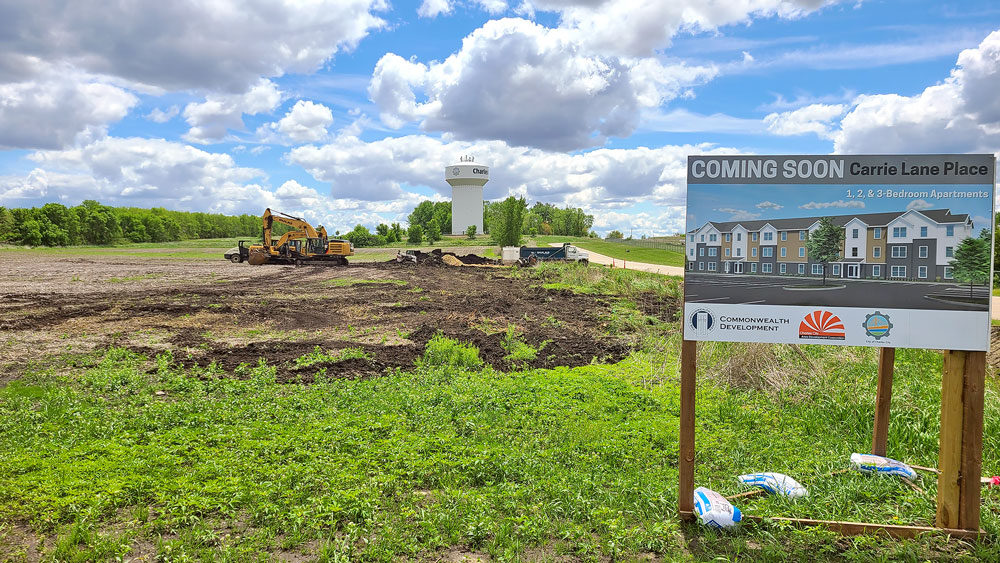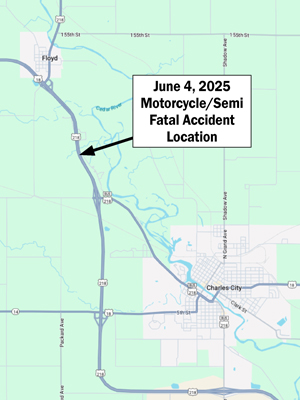Try wild pig hunting in the Lonestar state
Unique hunting opportunity presents itself in Jamaica

By Amie Johansen
amie@charlescitypress.com
Iowa, although a leading pork producing state, does not provide opportunity to hunt wild pigs. Hunting, tracking and bringing in a wild pig has always been something Farm Bureau Agent Jay Jung has wanted try. In January he was able to fulfill this hunt in Texas.
“(Wild pig hunting) was on my bucket list,” Jung said. “I had been hunting in Georgia and hadn’t had any luck.”
The opportunity to hunt wild pigs arose when Jung met a Texas land owner in the most unlikely of places.
“We met him in Jamaica on our five year wedding anniversary,” Jung said.
As the two began to talk, Jung was soon invited to Paris, Texas to try his hand at wild pig hunting.
“There is currently an estimated population in excess of 1.5 million feral hogs in Texas,” Rick Taylor Wildlife Biologist of Texas Parks and Wildlife wrote in his publication ‘The Feral Hog in Texas.’
With a such a high population of wild pigs, wildlife and domesticated species find their habitats and food sources at risk.
“Feral hogs compete directly with livestock as well as game and nongame wildlife species for
food. However, the main damage caused to livestock and wildlife is indirect destruction of habitat and agriculture commodities. Rooting and trampling activity for food can damage agricultural crops, fields, and livestock feeding and watering facilities. Often wildlife feeders are damaged or destroyed,” Taylor wrote. “They also destabilize wetland areas, springs, creeks and tanks by excessive rooting and wallowing. In addition to habitat destruction and alteration, hogs can destroy forestry plantings and damage trees. While not active predators, wild hogs may prey on fawns, young lambs, and kid goats. If the opportunity arises, they may also destroy and consume eggs of ground nesting birds, such as turkeys and quail.”
Jung’s hunting partners spoke of disheveled fields throughout Texas.
“They root up the ground, then you have to go out and disk it flat again in the spring,” he said. According to the hunting party, wild pigs really like wheat fields. Wild pigs travel in sounders of 15 to 40 and will decimate an entire wheat field.
Feral pigs reproduce quickly — averaging one to two litters a year and roughly six piglets per litter, their numbers soar. According to Jung, just in the past 15 years wild pigs have started to overrun areas of Texas.
“It’s open season,” Jung said.
Wild pigs in Texas are treated much the same way as coyotes are in Iowa.
“Kill them whenever you can, all year long” he said.
Hunting wild pigs uses a combination of utility vehicles and dogs.
“We expected to basically hunt over bait piles,” Jung said.
“We ride around in Polaris Rangers through the woods while the track dogs are doing their thing,” Jung said. “We watch them on a monitor — they have tracking collars.”
The dogs used to track the pigs were a group of mountain curs. They are a silent track dog.
“They only bark when they find a pig. Once one barks the rest all come to him,” Jung said.
After a pig has been surrounded, another dog is used.
“Buffy is a pit bull… as soon as the dogs were treed, we take Buffy out of the back of the ranger. When we would get within 50 to 60 yards of the pig we’d turn Buffy loose,” he said.
Buffy’s job was to subdue the pig and make it safe for her human hunting companions to approach and finish the hunt.
According to Jung, hunting pigs is not as easy it may sound.
“They are smart. Way smarter than I thought they were,” he said. “They can hide in broad daylight. If the dogs aren’t with you and don’t bother them, they won’t move.”
Once Buffy has the pig under control, hunters will either finish the animal or keep it alive.
“Sometimes they tie them up and bring them to Dallas,” Jung said. Once in Dallas the pigs are sold to game farms where people pay to hunt them.
The pig hunt was an experience Jung is eager to repeat.
“I’m going to go back down there,” he said. “I just had a blast. It was a ton of fun.”









Social Share